View component translations
You can see which languages the selected component has been translated into from the Translations tab. The Translations tab provides a list of the source language and target languages for the selected component and the translation date. You can also save the list of projects as a CSV file.
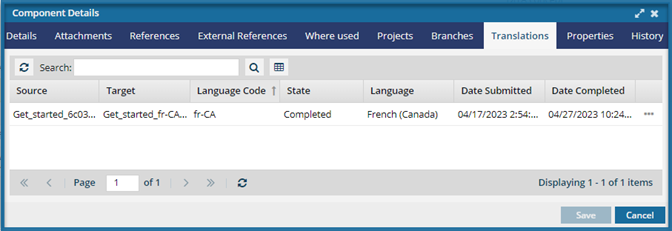


To view component translations:
-
Click
 Components.
Components.
- In the Folders pane, navigate to the folder where you've saved the component.
-
In the Components pane, select the component you want to open.
 You can verify you have the correct component by looking in the More component information panel at the Preview.
You can verify you have the correct component by looking in the More component information panel at the Preview.- The Preview pane is always shown no matter which tab you select.
- Use the scroll bar to see more content in the preview.
- You can collapse the Preview pane if you want to make more space for the Details or Where used pane.
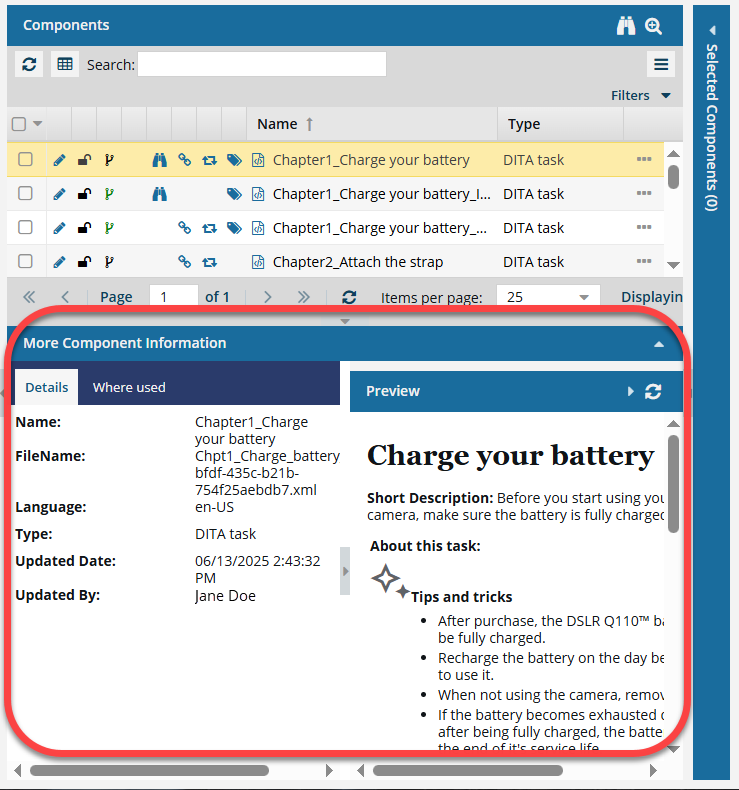
If the panel isn't open, to expand it, click
 the down arrow in the panel's title bar.
the down arrow in the panel's title bar. 
-
Right-click a component, and then click Details...
 You can also access this option from the component's
You can also access this option from the component's  Options menu.
Options menu. - On the Components Details dialog, click the Translations tab.
-
If the number of translations is large, to find a reference:
- Sort the list by selecting a column title.
- Filter the list by words in the component name by entering text in the Search text box and clicking Search
 .
. - See more details by adding other columns to the list.
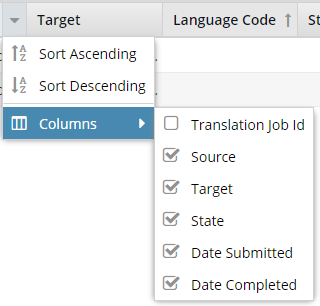
- Limit the number of references in the list using filtering options.
- Move to the next or previous page in the list using the page navigation options at the bottom of the list
-
Optionally, you can open a translated component or see where it's stored in the Components browser. Select the
 Options menu, and then:
Options menu, and then:
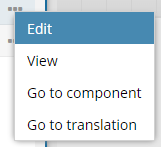
- To open the translated component in the Oxygen editor, select Edit.
- To open a translated component in a read-only viewer, select View.
- To locate the folder where the source component is saved in the Components browser, select Go to component.
- To locate the folder where the target (translated) component is saved in the Components browser, select Go to translation.
-
Optionally, to save the list of components that reference the selected component to a CSV file:
-
Click Save as CSV
 .
.
-
To choose what time zone is used, on the Convert time confirmation screen, select one of the following:
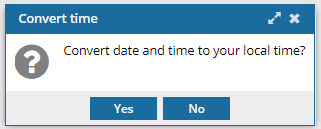
 You see the date displayed in the header of the CSV as: All date/times are shown in {timezone} or UTC.
You see the date displayed in the header of the CSV as: All date/times are shown in {timezone} or UTC.UTC is a time zone standard used as a basis for all time zones worldwide. It is a constant time scale and does not change for Daylight Saving Time.
- To use your local time, click Yes.
- To use UTC time, click No
-
Click Save as CSV
- If you made changes, on the Component Details dialog, click Save.
- To close the Component Details dialog, click Cancel.